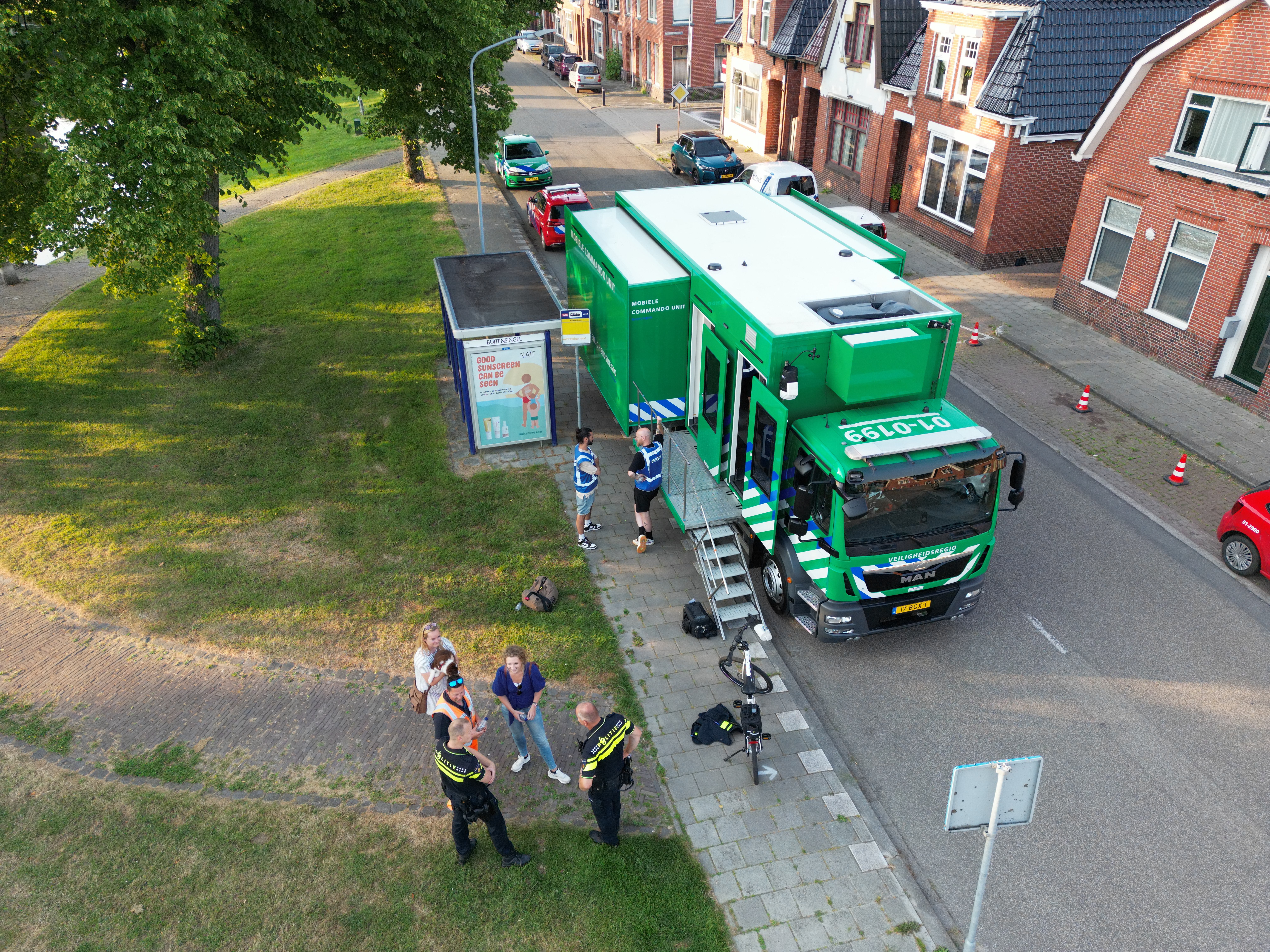GRIP is the Dutch acronym for Coordinated Regional Incident Management Procedure. The greater the disaster, the more parties will be involved. But how does everyone know what to do? And who is responsible for coordinating the emergency response effort? The GRIP procedure describes exactly who is expected to do what. The Groningen Safety Region provides the people and the resources, and makes sure that the emergency responders work as a unified team.
GRIP escalation levels
Large-scale flooding with numerous casualties, a demonstration turned ugly, or a factory fire causing toxic smoke. Luckily, these things hardly ever happen, but if they do, we are prepared. In times of a major disaster or crisis, we need multiple people to provide emergency response. That is when we will scale up to a so-called GRIP situation.

Four GRIP situations, four emergency response teams
As no two crises are the same, the crisis management procedure will also be different every time. The scale of a disaster and its effects will determine the GRIP level, ranging from 1 to 4. Each level comes with a different emergency response. It is not just the emergency services, such as the police and the fire service, that are on the response teams, but the local authorities, the Regional Medical Assistance Organization (GHOR), and other parties involved in the incident are represented on these teams as well (note: links to pages are in Dutch).
